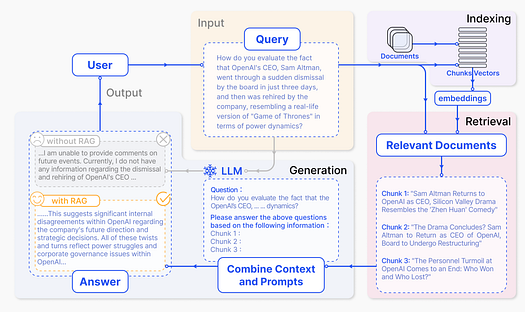Blog by Watson Chua: “In Singapore, the government is answerable to Parliament and Members of Parliament (MPs) may raise queries to any Minister on any matter in his portfolio. These questions can be answered orally during the Parliament sitting or through a written reply. Regardless of the medium, public servants in the ministries must gather materials to answer the question and prepare a response.
Generative AI and Large Language Models (LLMs) have already been applied to help public servants do this more effectively and efficiently. For example, Pair Search (publicly accessible) and the Hansard Analysis Tool (only accessible to public servants) help public servants search for relevant information in past Parliamentary Sittings relevant to the question and synthesise a response to it.
The existing systems draft the responses using prompt engineering and Retrieval Augmented Generation (RAG). To recap, RAG consists of two main parts:
- Retriever: A search engine that finds documents relevant to the question
- Generator: A text generation model (LLM) that takes in the instruction, the question, and the search results from the retriever to respond to the question

Using a pre-trained instruction-tuned LLM like GPT-4o, the generator can usually generate a good response. However, it might not be exactly what is desired in terms of verbosity, style and writing prose, and additional human post-processing might be needed. Extensive prompt engineering or few-shot learning can be done to mold the response at the expense of incurring higher costs from using additional tokens in the prompt…(More)”